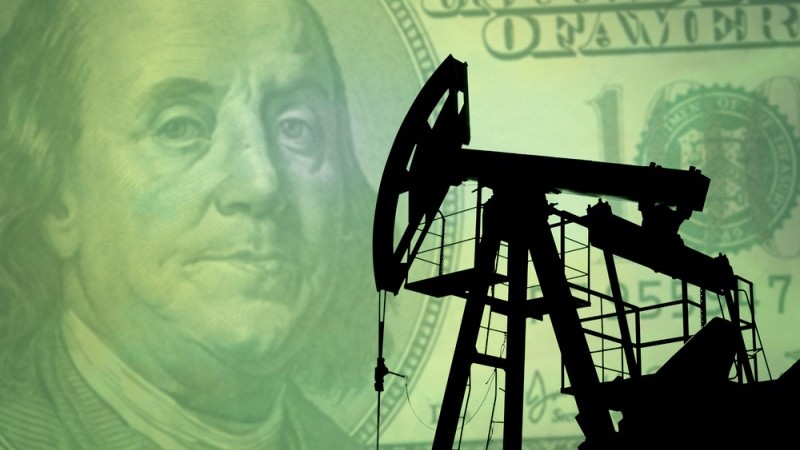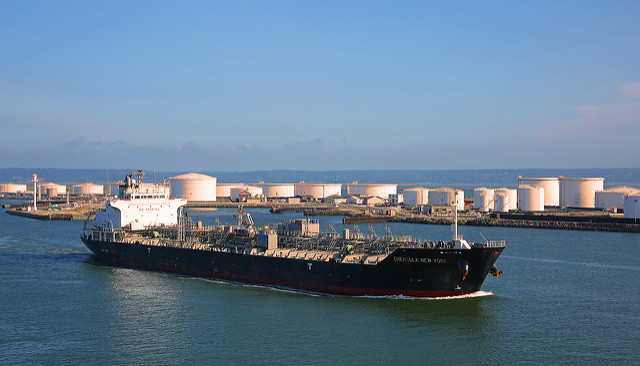I was referring to the rare Earth metals stuff.
If they are trying to cut us off from being able to buy them at all, he is correct in doing what he is doing.
From Grok:
Overview of China and the United States in Global Context
China and the United States are the world's two largest economies, with intertwined yet increasingly adversarial relationships shaped by trade, technology, and geopolitical competition. As of 2025, the U.S. GDP stands at approximately $28 trillion, driven by innovation in tech, finance, and services, while China's economy, valued at around $19 trillion, relies on manufacturing, exports, and state-led infrastructure. Their bilateral trade exceeds $600 billion annually, but tensions have escalated under U.S. President Donald Trump's second term, including tariffs, export controls on semiconductors, and disputes over intellectual property. Rare earth elements (REEs)—a group of 17 metals essential for high-tech manufacturing—have become a flashpoint, amplifying these frictions due to China's overwhelming dominance in supply.
What Are Rare Earth Elements and Why Do They Matter?
Rare earth elements, despite their name, are not particularly rare in the Earth's crust but are difficult and environmentally challenging to extract and process. They include metals like neodymium, dysprosium, praseodymium, and yttrium, used in:
- Electronics and EVs: Permanent magnets in smartphone speakers, electric vehicle motors, and wind turbines.
- Defense: Guidance systems for missiles, radar, fighter jets, and drones.
- Renewables and Tech: Catalysts in batteries, lasers, semiconductors, and AI hardware.
Global demand is surging—projected to double by 2030 due to the green energy transition and AI boom—making REEs a strategic commodity. Disruptions can halt production lines, as seen in 2025 when U.S. automakers and European suppliers faced shortages.
China's Dominance in Rare Earth Production
China controls the global REE supply chain like no other nation, leveraging low costs, state subsidies, and lax environmental regulations to outpace competitors. Key facts from 2024-2025 data:
| Metric | China | Global Total | Share |
|---|
| Mining Production | 270,000 metric tons (REO equivalent) | ~390,000 metric tons | ~69% |
| Processing/Refining | ~90% of global capacity | N/A | ~90% |
| Magnet Production | 138,000+ tons (NdFeB magnets) | ~140,000 tons | >98% |
| Reserves | 44 million metric tons | ~120 million metric tons | ~37% |
- Historical Rise: Production exploded from 129,000 tons in 2009 to current levels, fueled by government quotas and exports valued at $170 million in 2024 (mostly to Japan and the U.S.).
- Strategic Control: Beijing enforces strict quotas via the Ministry of Commerce, banning unauthorized overseas mining by Chinese citizens and restricting technology exports since 2023.
This monopoly allows China to influence global prices and supply, turning REEs into a "trump card" in international relations.
The U.S. Position: Heavy Reliance and Vulnerability
The U.S. has vast REE reserves (1.8 million metric tons) but minimal domestic capacity, importing ~80% of its needs. Between 2020-2023, China supplied 70% of U.S. REE compounds and metals, with yttrium imports at 93% from China. In 2024, U.S. production reached ~43,000 tons (12% global share), mainly from the revived Mountain Pass mine in California, but processing remains outsourced—often to China.
| U.S. Import Sources (2020-2023 Avg.) | Share of Total REE Imports |
|---|
| China | 70% |
| Malaysia (often Chinese-processed) | 15% |
| Japan | 10% |
| Estonia | 5% |
This dependence exposes U.S. industries: Defense contractors like Lockheed Martin and Boeing rely on REEs for F-35 jets and missiles, while Tesla and Apple face EV and gadget delays. In April 2025, Chinese restrictions caused U.S. factory shutdowns, highlighting national security risks.
How Rare Earths Shape U.S.-China Relations
REEs exemplify "economic statecraft," where supply control becomes geopolitical leverage. Tensions peaked in 2025 amid Trump's "liberation day" tariffs (up to 145% on Chinese goods), prompting China's retaliatory export curbs. Here's a timeline of key 2025 events:
| Date | Event | Impact on Relations |
|---|
| April 4 | China restricts 7 REEs (e.g., samarium, dysprosium) in response to U.S. tariffs. | Escalates trade war; U.S. shortages hit autos and defense. |
| May 11 | Geneva talks yield 90-day tariff truce; China suspends some REE curbs. | Temporary de-escalation; U.S. eases student visa threats. |
| June 11 | London agreement formalizes REE export resumption; U.S. tariffs drop to 30%. | Exports to U.S. surge 660% in June; Trump calls ties "excellent." |
| October 9 | China expands curbs to 12 REEs + magnets/tech (Announcement 61); bans military/sensitive uses. | Timed for Trump-Xi meeting; Trump threatens 100% tariffs, cancels talks. |
| November 1 (pending) | Potential U.S. 100% tariffs on China; new REE rules effective November 8. | Risks full trade war; global stocks drop (e.g., Amazon, Target). |
- Leverage Dynamics: China uses REEs to counter U.S. semiconductor bans, demanding business data (e.g., customer lists) for licenses. This "lawfare" extends to foreign firms using Chinese tech, even trace amounts (0.1% REE content).
- Broader Tensions: REEs intersect with Taiwan, TikTok, and AI chip disputes. Beijing views curbs as "national security" against U.S. military use, while Washington sees them as economic coercion.
- Global Ripple: Allies like Japan and the EU face similar shortages; EU trade chief Maros Sefcovic called REEs a "priority" in 2025 talks.
U.S. Efforts to Reduce Dependence
Recognizing REEs as a vulnerability since the 2010 China-Japan spat, the U.S. has accelerated diversification, though full independence is years away. Key 2025 initiatives:
- Domestic Investment: $400 million equity in MP Materials (Mountain Pass) for integrated mining-to-magnets facilities in California and Texas; projected 1,000 tons of magnets by end-2025 (still <1% of China's output).
- Policy Tools: Executive Order 14241 streamlines permitting; Defense Production Act funds critical mineral projects; FY2026 budget proposes major boosts.
- Friendshoring: Partnerships with Australia (tripling output to 2027 via Arafura's Nolans Project, $840M funding) and Canada; Energy Fuels' Utah facility pilots U.S. processing.
- Innovation: R&D into REE recycling, alternatives (e.g., magnet-free EV motors), and heavy REE separation (currently zero U.S. capacity).
Despite progress, experts warn the U.S. remains "on the back foot," with new Chinese rules (effective Dec. 1, 2025) targeting even indirect dependencies.
Looking Ahead
Rare earths underscore the U.S.-China rivalry: China's supply grip amplifies its economic power, while U.S. vulnerabilities fuel decoupling efforts. A Trump-Xi summit could ease curbs, but ongoing tariffs and tech wars suggest volatility. Long-term, diversified supply chains (e.g., via QUAD allies) may dilute China's leverage, but at higher costs—U.S. REE prices spiked 20-30% in 2025 amid restrictions. For global stability, multilateral dialogue on critical minerals is essential, lest REEs spark broader conflict.












